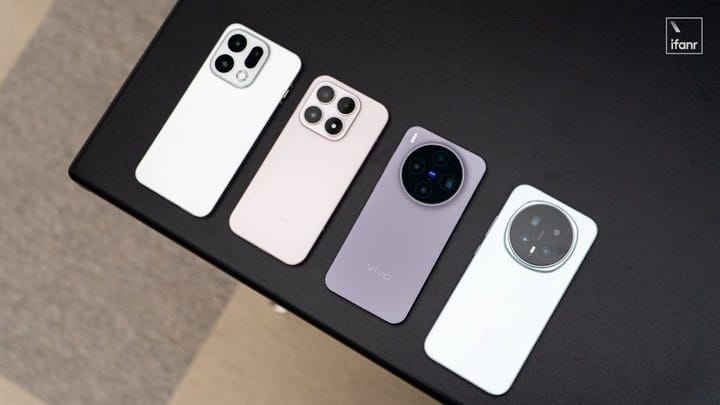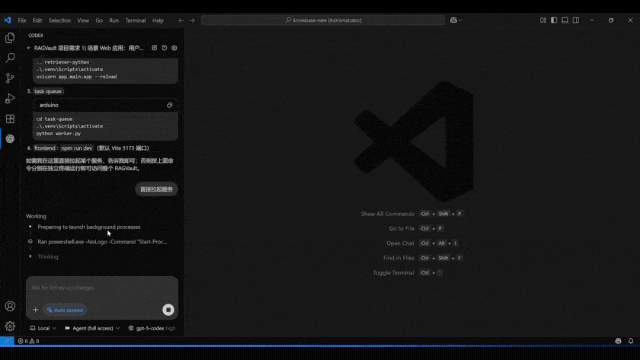# 2024 Standard Edition Flagship Smartphones – Detailed Comparison & Recommendations
October’s wave of press events and new smartphone launches has finally slowed, giving us time to take a closer look at this year’s **Standard Edition flagship devices**.
Compared to the last two years, 2024’s Standard Editions have felt more **muted** — generating less buzz and fewer headlines. Yet the category remains **contradictory**: while Pro versions tend to be well-rounded flagships with generous specs, the Standard Editions vary wildly around the **¥4,400–¥4,500 price point**. Each manufacturer takes its own path to stand out.
This year, four Standard Edition flagships were put through hands-on testing:
- **Xiaomi 17**
- **vivo X300**
- **OPPO Find X9**
- **Honor Magic 8**
---
## What Should a Standard Edition Be?
### Chipsets & Performance
- **Xiaomi 17** & **Honor Magic 8**: Qualcomm Snapdragon 8 Elite Gen 5
- **OPPO Find X9** & **vivo X300**: MediaTek Dimensity 9500
**Benchmark results:**
- Dimensity trails Snapdragon in CPU single/multi-core scores, but GPU performance is similar or slightly better.
- In real-world use, smoothness and responsiveness depend more on **OS optimization** than raw benchmark scores.

### Size & Ergonomics
Two major size categories emerged:
- **Compact (6.3-inch)**: Xiaomi 17 (191g), vivo X300 (190g)
- **Larger (6.6-inch)**: OPPO Find X9 (203g), Honor Magic 8 (205g)
**Trade-offs**:
- Compact models: better ergonomics but less battery life & heat dissipation.
- Larger models: closer to Pro versions, minor differences in detailed specs.
---
## Head-to-Head Comparisons
### vivo X300 vs Xiaomi 17
Both pursue the **small-screen flagship** route, but execution differs.
#### vivo X300 Highlights
- 6.3-inch, 190g weight, smooth matte back finish — excellent comfort.
- Large circular “Deco” camera integrates seamlessly into back panel.
- 200MP **main camera** (Pro version has 200MP telephoto).
- **Weak points**:
- Lower outdoor screen brightness than rivals.
- Smaller 6040 mAh battery vs Xiaomi 17's ~7000 mAh.
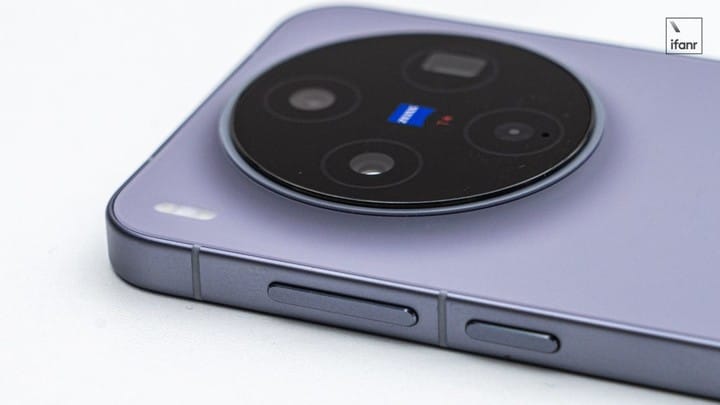

#### Xiaomi 17 Highlights
- 6.3-inch, 191g weight, curved middle frame — best in-hand feel of 2024 Standard Editions.
- Clear feature & design gap from Xiaomi 17 Pro, but only ¥500 cheaper.
- Feels closer to Redmi K90 in build design — somewhat “downgraded” for a flagship.

---
### OPPO Find X9 vs Honor Magic 8
Both align more with traditional Standard Edition philosophy: **well-rounded foundation, trimmed “extras.”**
#### OPPO Find X9
- Very similar exterior design/dimensions to Pro; gap lies in internal specs.
- Uses excellent ColorOS — smooth daily performance.
- Imaging downgraded from Pro: no 200MP telephoto or 50MP front camera.
#### Honor Magic 8
- Flat-screen vs Pro’s quad-curved display — deliberate feel gap.
- Downgraded imaging specs; lacks 200MP telephoto.
- Ultrasonic fingerprint unlock now standard across all brands, but Magic 8’s implementation is slow and often requires extra pressure.
---
## OS Smoothness & AI Features
### vivo X300 (OriginOS 6) vs Xiaomi 17 (Surge OS 3)
- **Surge OS 3**: noticeably improved fluidity, stability, and rich lock screen personalization.
- **OriginOS 6**: richer animations, but inconsistent design styles (solid-state glass, frosted glass, flat icons) create visual clutter.


**Caution**: vivo X300 occasionally freezes in large apps (Camera, WeChat, Taobao).
---
### OPPO Find X9 (ColorOS 16) vs Honor Magic 8 (MagicOS 10)
- **MagicOS 10**: smooth animations but many small usability flaws (e.g., unlock defaults to password).
- **ColorOS 16**: smooth plus thoughtful features (floating window choice for links, McDonald’s real-time activities).
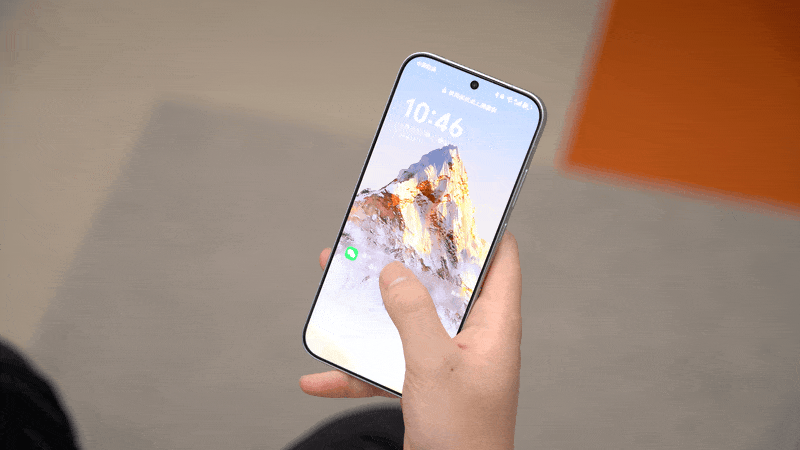
#### AI Integration
**OPPO Find X9**:
- Side button triggers *One-Tap Flash Note* for instant screen capture & Fluid Cloud cards.
- Functional but text recognition accuracy needs improvement.
**Honor Magic 8**:
- Dedicated camera button with multifunction — launches YOYO video calls or YOYO Memory.
- **YOYO Suggestions**: context-aware prompts (clothing, metro QR codes, parcel pickup) — highly practical.
- *YOYO Memory* less advanced than OPPO’s equivalent; closer to basic screenshot than AI note.
---
## Imaging Performance
### vivo X300 vs OPPO Find X9
- vivo X300’s 200MP main camera: superb detail & post-processing flexibility.
- OPPO Find X9: excels at night photography & stylized imagery via Hasselblad collaboration; telephoto less detailed, lacks macro.
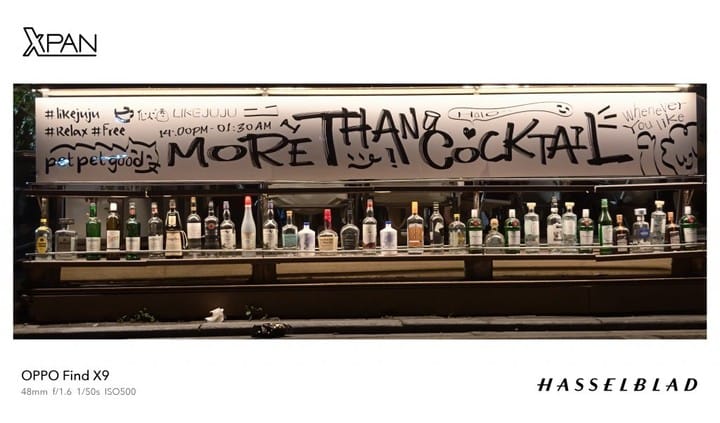
Selfies:
- vivo X300: “True” & “Radiance” modes keep realism, delicate skin textures.
- OPPO: heavier smoothing and distortion; least favored by testers.
---
### Xiaomi 17 vs Honor Magic 8
Both are “decent but unremarkable”:
- Xiaomi 17: Leica tuning brings rich tones; daylight performance solid, night scenes struggle with highlights.
- Honor Magic 8: slightly brighter overall tone; better highlight control at night.
Selfies:
- Xiaomi: refined tonal rendition, skin texture retained.
- Honor: balanced smoothing & brightness, but no standout creativity.
---
## Ranking & Recommendation
**My ranking after extended hands-on:**
1. **vivo X300** — best blend of ergonomics, OS polish, imaging.
2. **OPPO Find X9**
3. **Xiaomi 17**
4. **Honor Magic 8**
**Key takeaway**:
The **true “standard”** for a Standard Edition flagship is **balance** — not stripped-down specs, but a baseline flagship experience at a lower price.
---
## Ideal Buyers for Standard Editions
- First-year university students
- Young professionals entering the workforce
They offer brand prestige & emotional value without forcing you to pay for Pro-only special features.
---
### Future Outlook
With subsidies & retail discounts, Standard Editions could drop near **¥4,000**, increasing their value.
For manufacturers: the challenge is to make the Standard Edition feel **complete**, not compromised.
---
**Note for creators**:
Platforms like [AiToEarn官网](https://aitoearn.ai/) allow even casual users to generate, publish, and monetize multi-platform content — perfect for tech reviews & mobile photography insights. With AI-powered creation plus analytics, sharing informed comparisons like this can reach Douyin, Bilibili, Instagram, YouTube, and more **simultaneously** — turning tech expertise into sustainable creative income.
